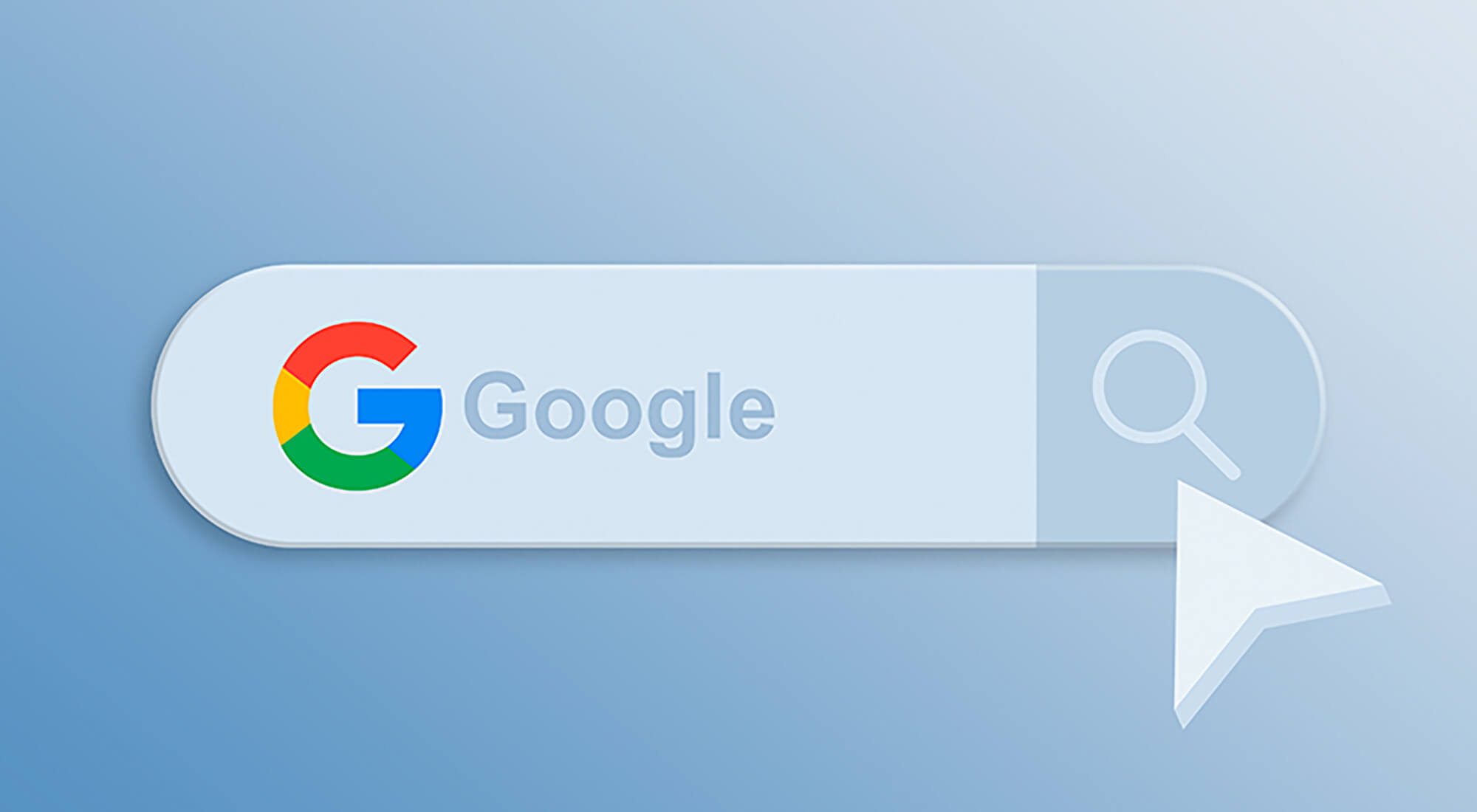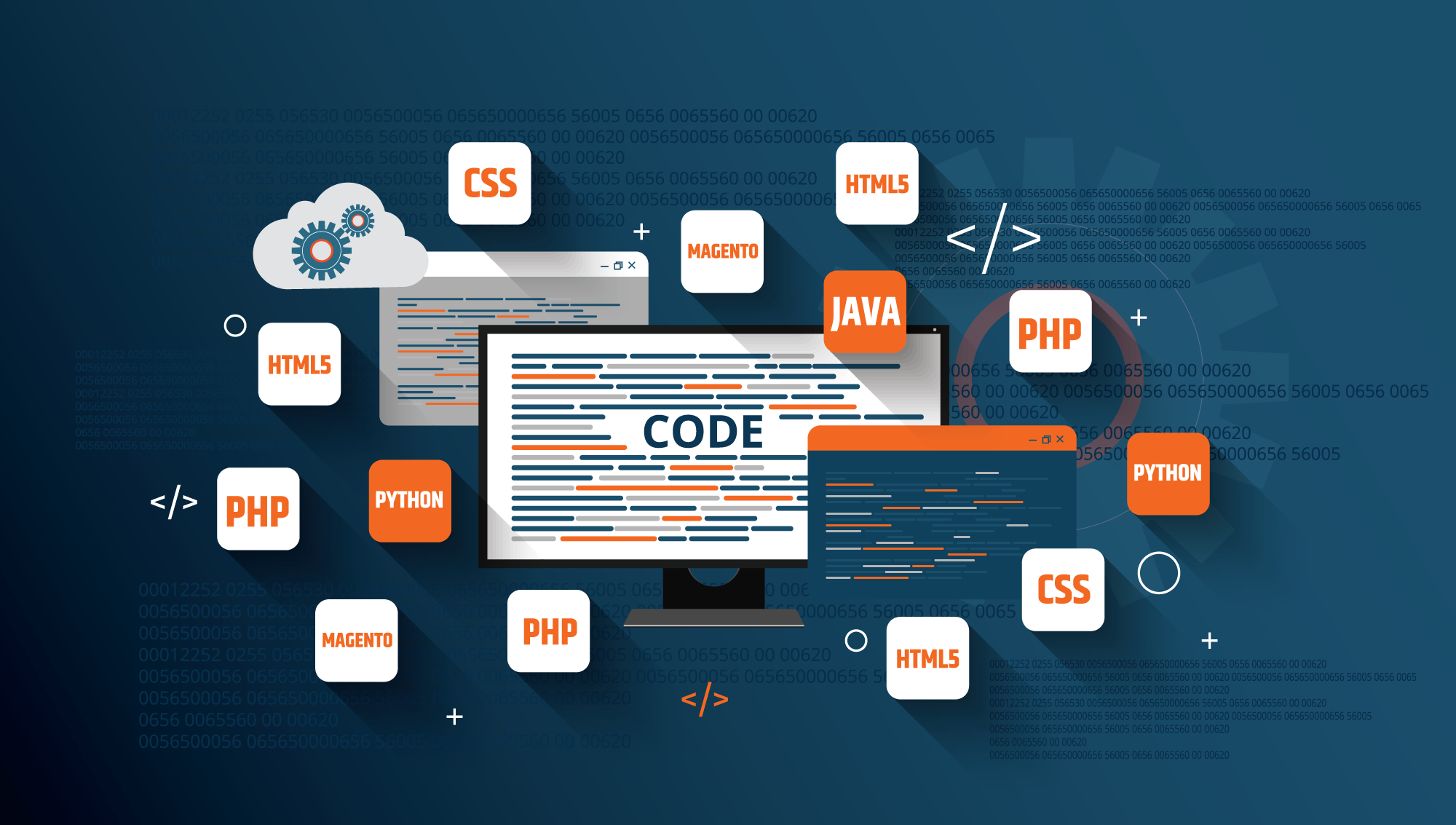
Introduction
Developing an API is not just about writing code; it’s also about building a product that will be consumed by developers or other systems. Therefore, proper planning is crucial for the success of your API project. This chapter will delve into key strategies and best practices you should consider when planning your API.
Define the Purpose
The first step in planning your API is to define its purpose. Knowing what you want to achieve with the API helps set the direction for its development.
- Data Sharing: Will your API primarily serve to expose data?
- Integration: Is the API intended to facilitate the integration of different systems?
- Authentication: Will it be responsible for verifying user identity?
Stakeholder Involvement
It’s important to involve all relevant stakeholders, including developers, product managers, and business leaders, to ensure that the API meets organizational goals and user needs.
Versioning Strategy
As your API evolves, you’ll likely need to introduce changes that could break existing clients. Implementing a versioning strategy from the start helps manage this evolution more effectively.
Rate Limiting
Implementing rate limiting can prevent any single user or client from overloading your API. This is essential for ensuring that the API remains available and performs well for all users.
Security Measures
Security should be a priority from the outset. Consider implementing measures such as:
- OAuth for authentication
- HTTPS for data encryption
- Input validation to prevent SQL injection
Documentation
Comprehensive and user-friendly documentation is vital for any API. It should cover:
- API endpoints and methods
- Data formats
- Error messages
- Code samples
Scalability and Performance
Design your API with scalability in mind to handle increasing loads. Employ caching, pagination, and other techniques to enhance performance.
Monitoring and Analytics
Once your API is live, you’ll need tools to monitor its usage and performance. This will help you identify issues proactively and understand how your API is being used.
Conclusion
Planning is an often overlooked but essential phase in API development. By defining your API’s purpose, involving stakeholders, and considering aspects like versioning, rate limiting, and security, you set the stage for a more successful API project.








